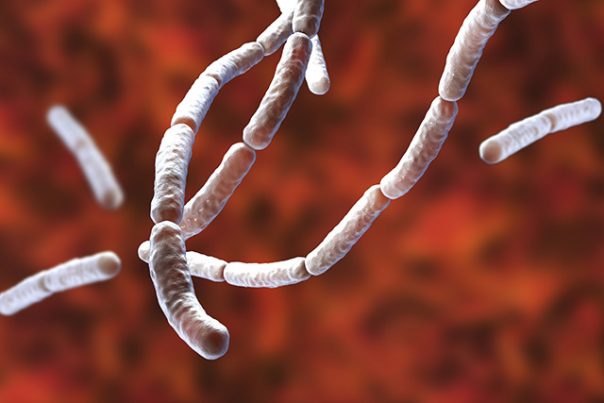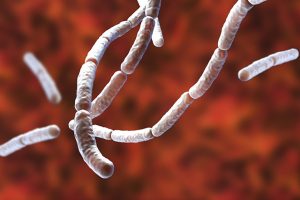
Tolylfluanid — toxicity, side effects, diseases and environmental impacts
Tuesday, November 14, 2017 by Michelle Simmons
http://www.naturalpedia.com/tolylfluanid-toxicity-side-effects-diseases-and-environmental-impacts.html

Tolylfluanid is a fungicide, particularly amide fungicides. It can be physically described as a colorless, odorless, crystalline powder. It is closely related to dichlofluanid. Tolylfluanid is often used not only as a fungicide, but also as a wood preservative. In addition, this chemical is used as an antifouling agent, a substance that prevents or slows down fouling or marine underwater growth on plants, rocks, ship’s bottoms, and others. As a fungicide, it is used against pests such as black spots, grey mold, and powdery mildew. It is usually used in different fruits and vegetables, such as apples, pears, grapes, raspberries, blackberries, currants, gooseberries, strawberries, and peppers. It has the molecular formula of C10H13Cl2FN2O2S2.
List of known side effects
Tolylfluanid is listed as “likely to be carcinogenic to humans” because it induced follicular cell thyroid tumors in male and female rats that were given high dosage of the chemical and they were reproducible. Although evidence do not show that it is mutagenic, studies found gene mutations and chromosomal aberrations in mammalian cells.
Tolylfluanid can be extremely toxic to the aquatic environment with long lasting effects. Its environmental hazard will be the greatest to organisms living within the vicinity where it will be used. The chemical may contaminate surface water, uncultivated land, and nearby non-target plants such as trees and grasses through overspray, spray drift, or run-off.
Body systems affected by tolylfluanid
There are several body systems that tolylfluanid negatively affects when handling it. One of these is the integumentary system. Topical exposure of the skin to the chemical may lead to skin irritation, skin corrosion, skin sensitization, and even allergic skin reaction. Another body system that tolylfluanid can adversely affect is the ocular system. If the substance gets in the eye, it can cause extreme eye irritation that can lead to serious eye damage. The chemical can also be harmful to the respiratory system if inhaled. Inhalation of the substance can cause irritation in the respiratory tract and can be fatal. Moreover, if a person is exposed to tolylfluanid for a long time or multiple times, it can result to the deterioration of body organs.
Items that can contain tolylfluanid
Tolylfluanid can be present in products such as fungicides, wood preservatives, and antifouling agents. It is sold under the trade name Eurapen M.
How to avoid tolylfluanid
When it comes to handling tolylfluanid, there are several ways to avoid exposure to the chemical. One of the ways to avoid inhaling the chemical is to ensure a good ventilation or exhaustion at the workplace. It is also advisable to use a respiratory filter device, or a respiratory protective device that is independent of circulating air to avoid inhalation. Another way to avoid tolylfluanid is by using protective gloves. The material of the gloves should be impermeable and resistant to the substance to prevent it from penetrating through the gloves. For eye protection, it is recommended to use tightly sealed googles. Other ways to avoid tolylfluanid include keeping it away from foods, beverages, and feed, immediately removing all soiled and contaminated clothing, washing hands before breaks and after work, and storing protective clothing separately.
Where to learn more
- Common crop pesticide is a public health threat causing diabetes
- Toxins.news
- Chemicals.news
- Pesticides.news
- Poison.news
Summary
Tolylfluanid is a fungicide that also has a protective mode of action. Aside from being used as a fungicide, it is also used as a wood preservative and an antifouling agent.
Tolylfluanid is listed as “likely to be carcinogenic to humans.”
Tolylfluanid can be extremely harmful to organisms living within the area where it will be used. It may contaminate surface water, uncultivated land, and nearby non-target plants such as trees and grasses through overspray, spray drift, or run-off.
Tolylfluanid can be extremely toxic to the aquatic environment with long lasting effects.
Exposure to tolylfluanid can be harmful to the skin, eyes, and respiratory tract.
Sources include:
Tagged Under: Tags: Tolylfluanid






